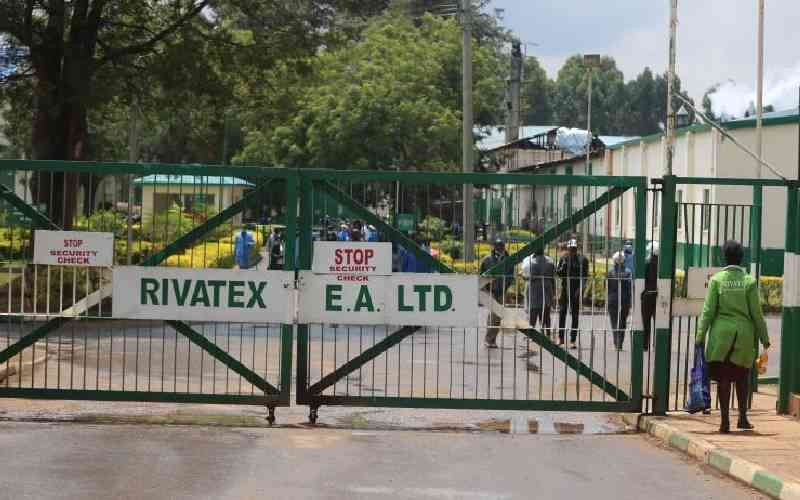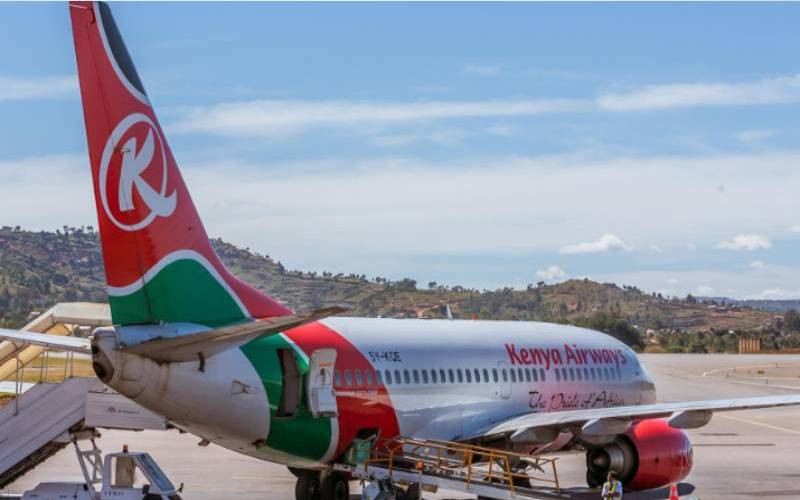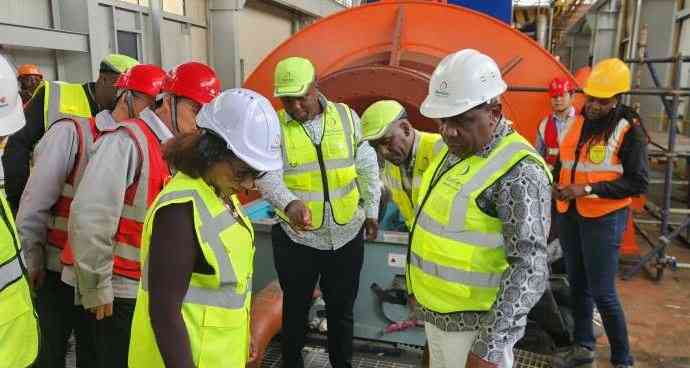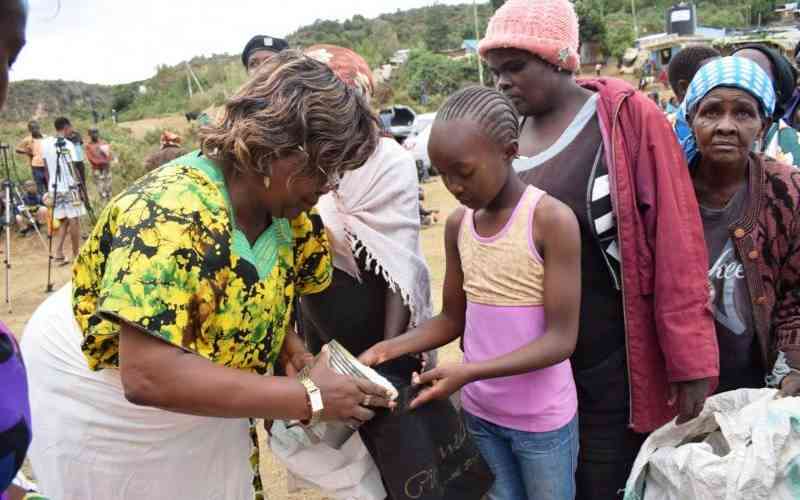
The National Drought Management Authority (NDMA) projects that the number of people in need of urgent food assistance will reach 2.1 million by January next year.
According to the authority, a survey in 25 Arid and Semi-Arid (ASL) counties indicates that currently, an estimated 1.76 million people are in need of food supply.
This came as the government agency noted that food security in the ASAL counties remained stable due to the short rains recorded in parts of the country.
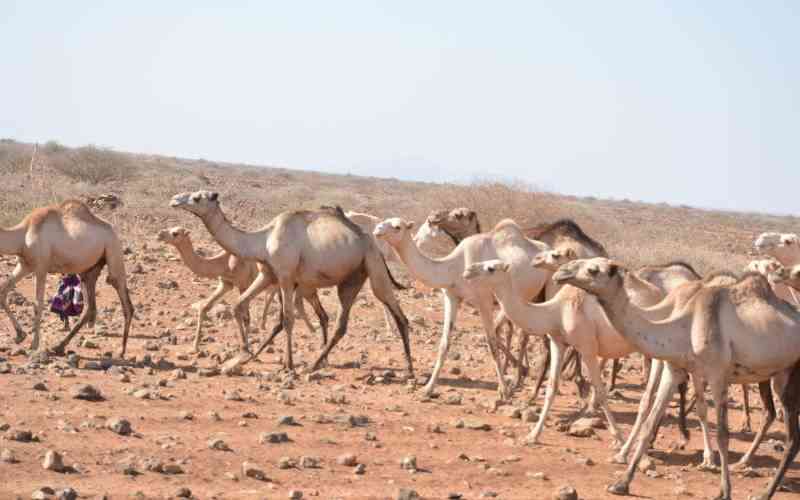
As per the monthly report, the most affected counties were Turkana, Marsabit, and Mandera, which were placed under the crisis phase.
The report noted that the other 20 counties that include Garissa, Tana River, Isiolo, Samburu, Baringo, Kitui, Kajiado, Makueni, Laikipia, Meru North, Wajir, Lamu, Embu, Tharaka, Kilifi, Kwale, Nyeri, West Pokot, Narok, and Taita Taveta were in stressed phase.
“The assessment of the 2025 long rains season indicates that food security has remained relatively stable across most ASAL counties,”
“However, an estimated 1.76m people are currently in urgent need of food assistance, a figure projected to rise to 2.12m by January 2026,” reads the report in part.
The authority further noted that acute malnutrition remained a serious concern with Turkana, Marsabit, Wajir, Garissa, Mandera and Baringo North being the most affected.
“In total, about 741,883 children under five years and 109,462 pregnant and lactating women are acutely malnourished and in urgent need of treatment,” said the authority.
The authority has attributed the prevailing food stability to better-than-anticipated performance of the March to May long rains, which exceeded earlier forecasts of below-normal rainfall.
It further noted that the assessment focused on the 23 ASAL counties, which are the most food-insecure due to high poverty levels, vulnerability to shocks and hazards, aridity, and high rainfall variability.
“The assessment sought to determine the impact of the long rains on food and nutrition security and other shocks affecting food availability, access, utilization, and stability,”
NDMA said that the report also analyzed contributing factors and outcomes, highlighting their implications for key sectors, including water, livestock, agriculture, health and nutrition, education, peace and security, and markets and trade.
“It further provides recommendations for targeted interventions which include food provision, supply of water and treatment of livestock diseases,” says the report.
Stay informed. Subscribe to our newsletter
For the last couple of weeks, parts of the country have been recording heavy rains with projections by the Met department that this will continue for some time.
